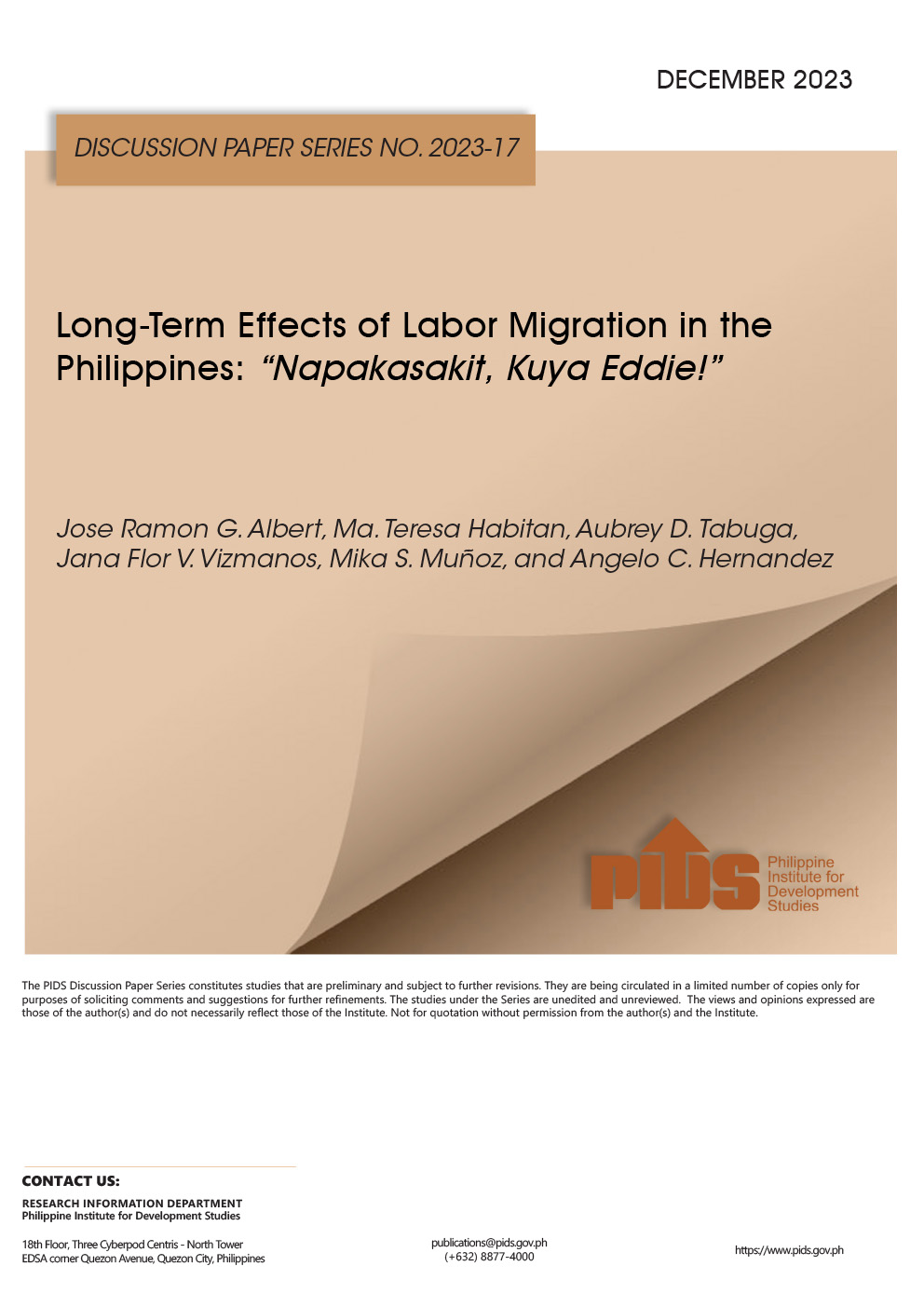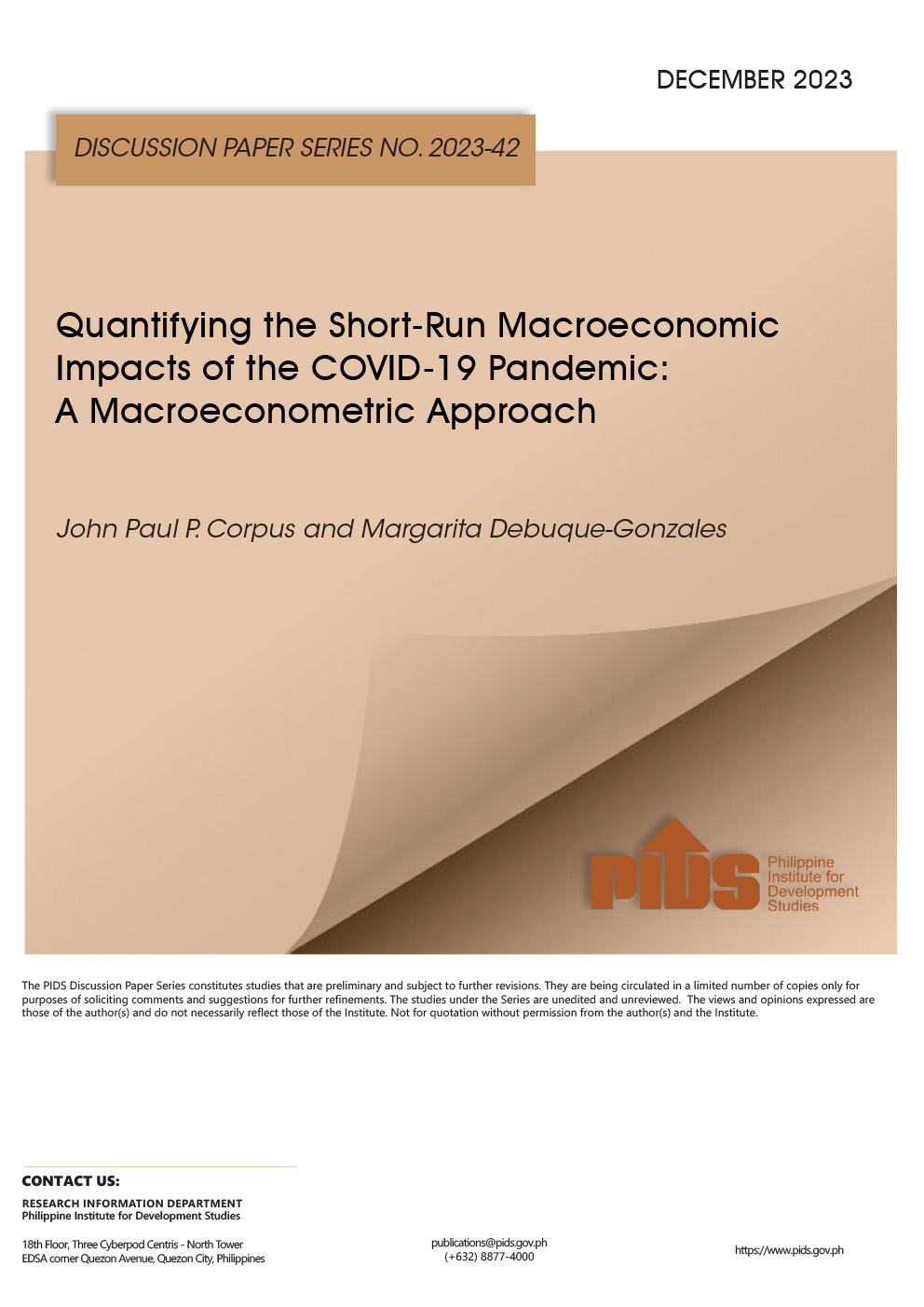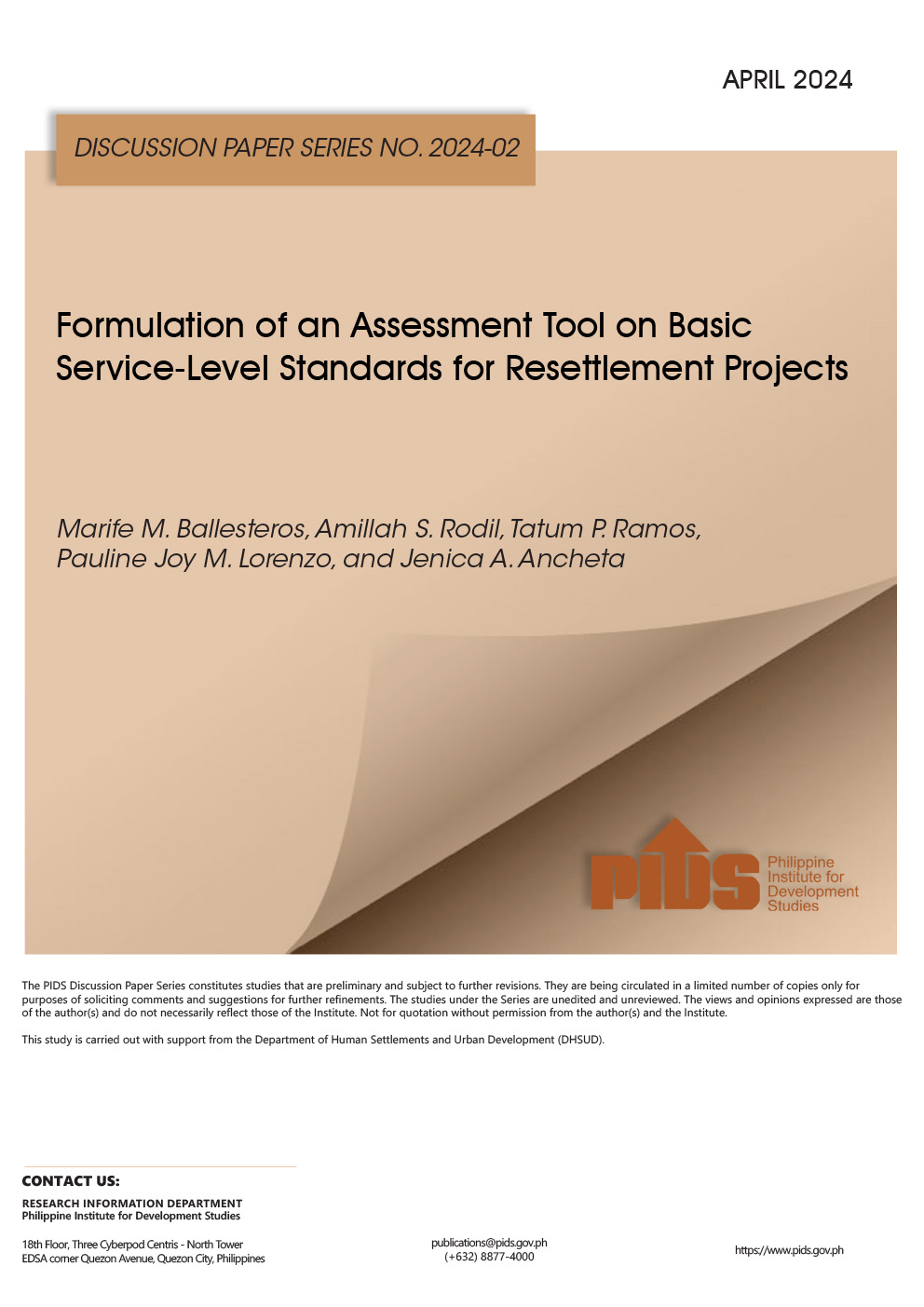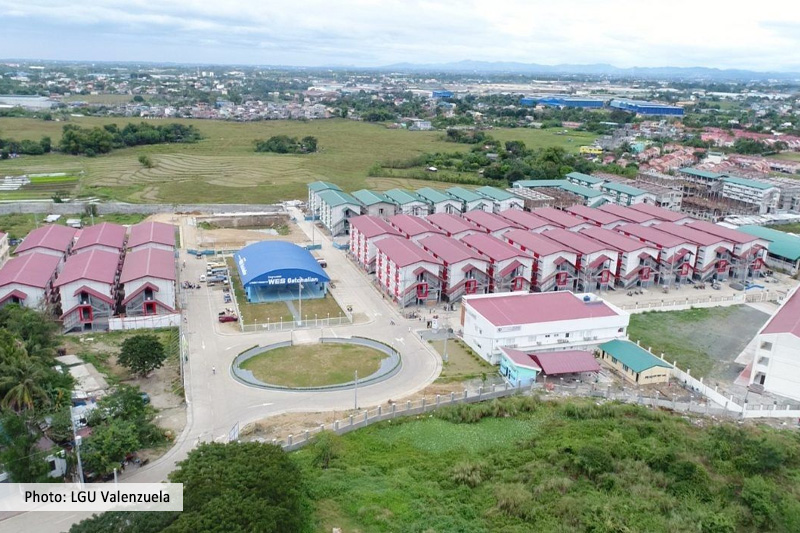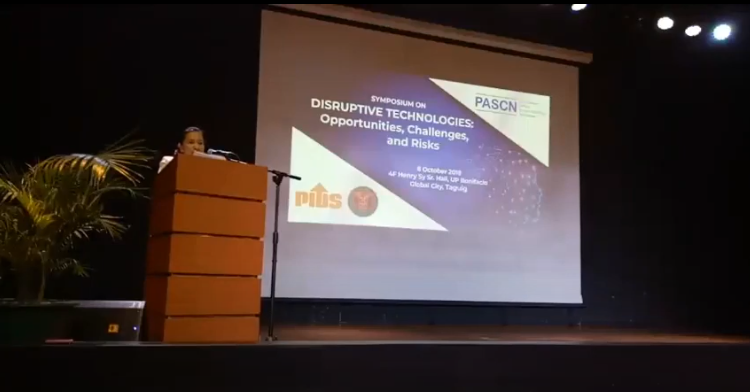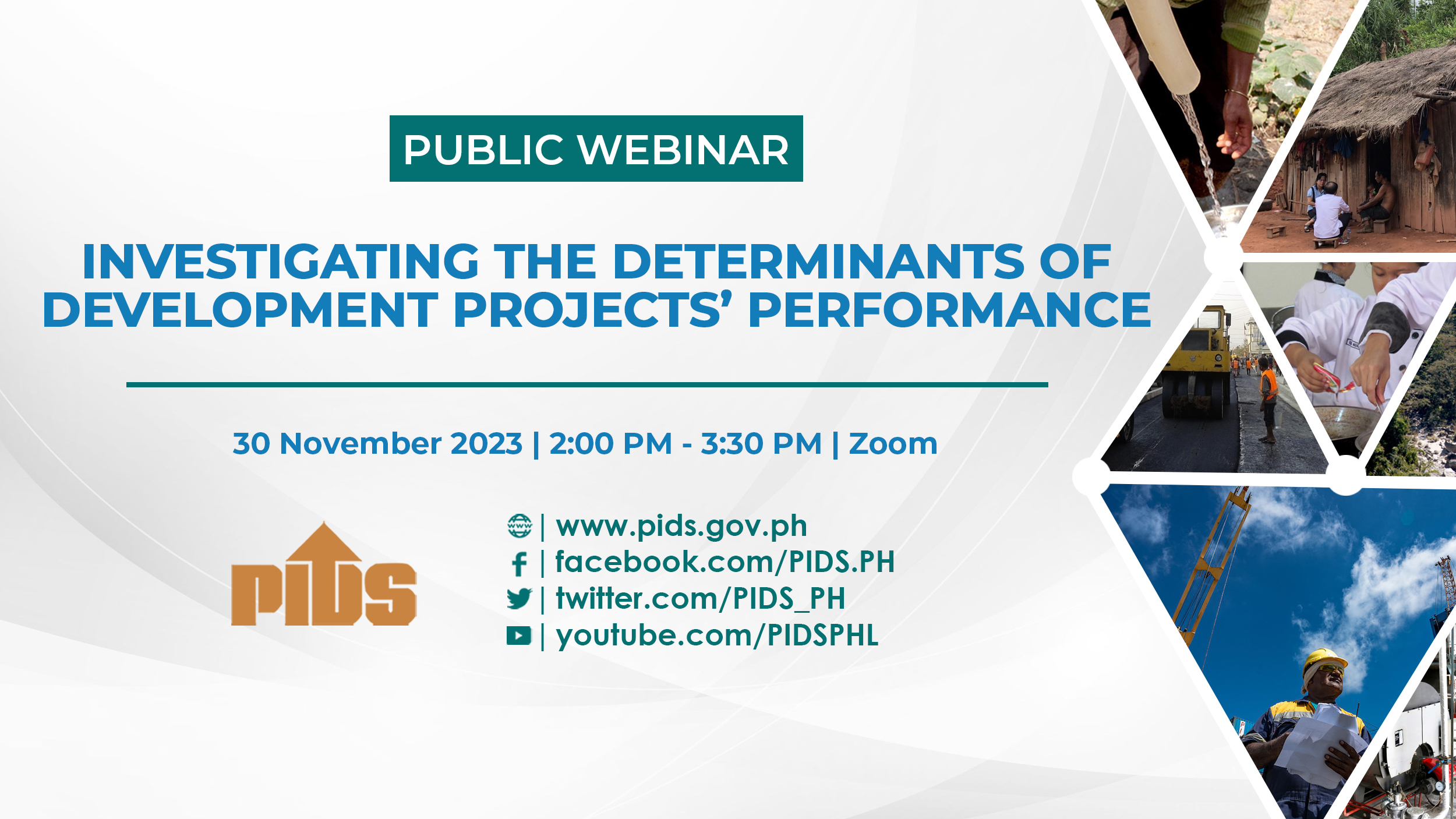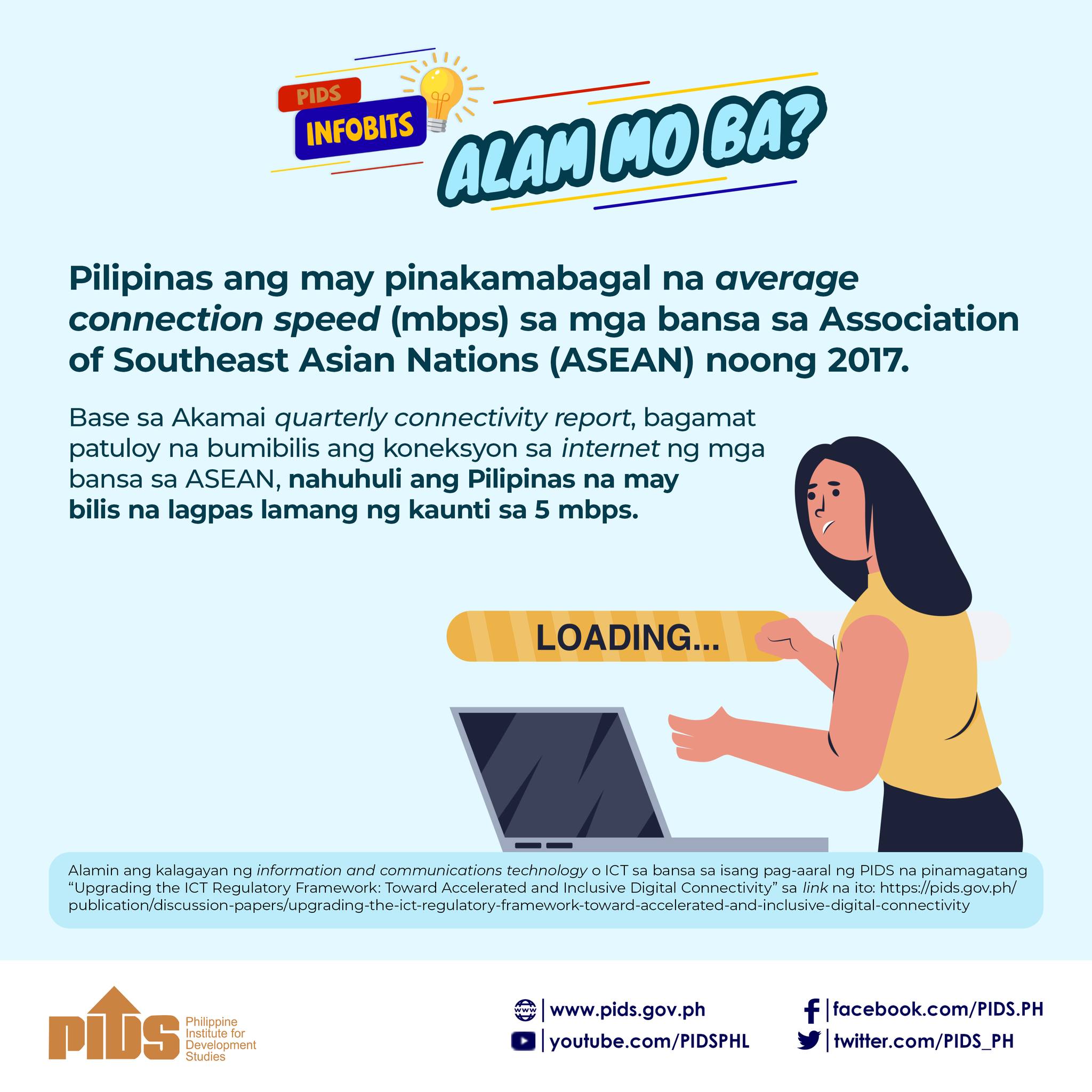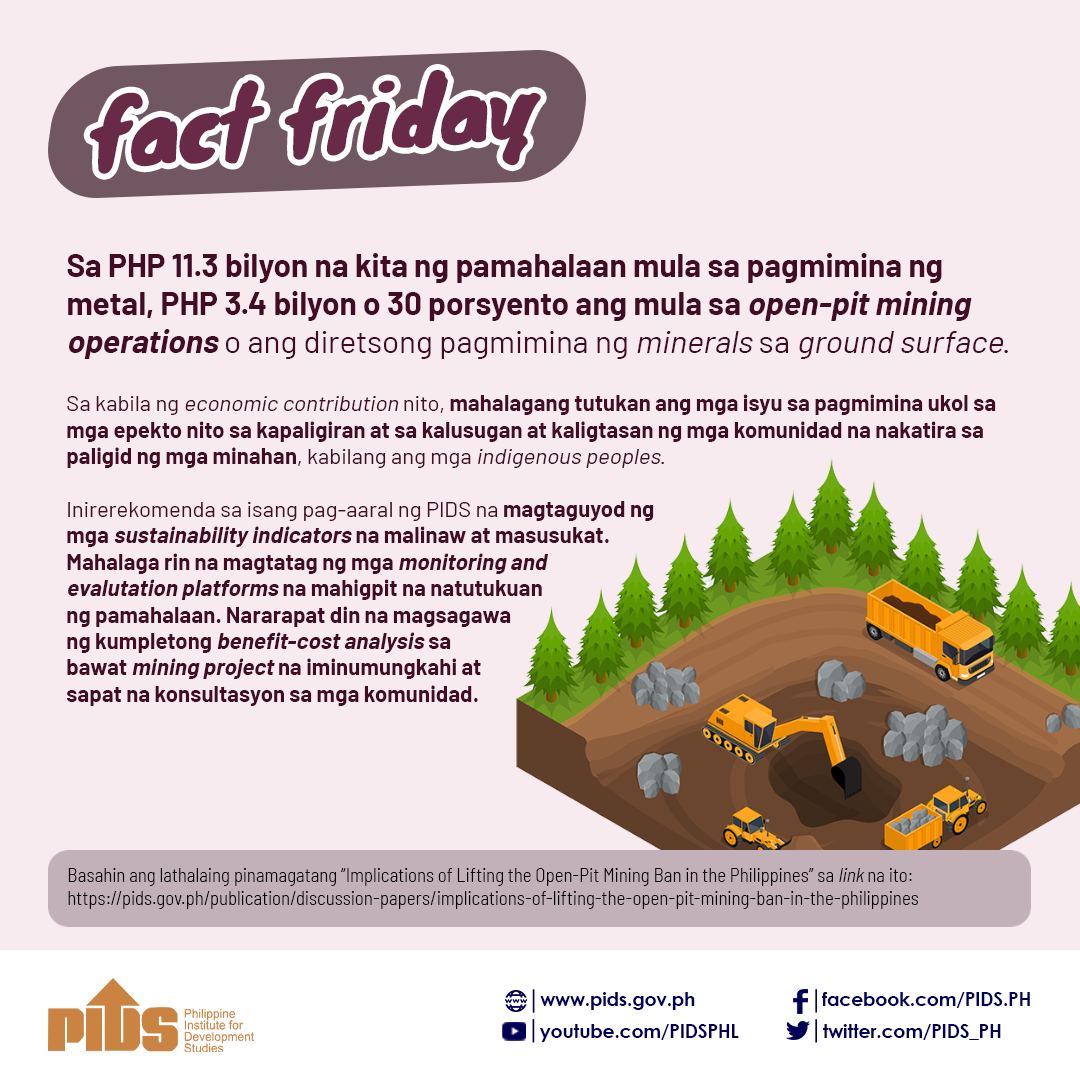It was supposed to speed up the disbursement of state monies for high-impact projects that have been badly needed by the people. Yet while there are government agencies that offer glowing reports on the status of the projects assigned to them with funding from the controversial Disbursement Acceleration Program (DAP), several admit to pale to poor performance when it comes to implementing DAP projects.
In a number of cases, the "quick-disbursing” projects approved from October 2011 to July 2013 are now locked in delays, had been realigned or covered by continuing appropriation orders from the Department of Budget and Management (DBM), or are scheduled for completion by end of 2014 yet.
In still a few cases, agencies say they received and spent only portions and not the total amounts of DAP funds that DBM had reportedly released to them. Other agencies meanwhile say they have yet to receive balances of their DAP funds from the DBM as of July 2014.
Over the last fortnight, PCIJ sent separate letters of inquiry about the status of project implementation to 55 national agencies and agency units that received DAP funds.
As of this writing, the top and senior officials of at least 25 agencies have responded and shared supporting reports and documentation. A few others told PCIJ that they would soon send in their replies. DBM has named about 50 agencies as recipients of DAP funds for a cluster of 116 projects.
Interestingly, however, the officers of three uniformed agencies–Armed Forces of the Philippines, Philippine Air Force, and Presidential Security Group–were stingy with data. They said that the Department of National Defense (DND) had issued guidelines saying that all queries about DAP projects should be referred to DND, and that DND itself would be the one to furnish PCIJ copies of DAP-related documents.
As of this writing, neither comments nor documents have been given by the DND and the three agencies to PCIJ.
The other agencies that responded, though, revealed a program that was oftentimes short on speed and long on confusion.
Then again, the Commission on Audit (COA) had earlier said that many DAP-funded projects– particularly those in the Autonomous Region in Muslim Mindanao (ARMM)–had been implemented through a "circuitous transfer of project funds” that employed webs of memoranda of agreement between and among national and local government agencies.
Not all funds out
The ARMM regional government itself said that as of July 22, 2014, or nearly 30 months after it received a mammoth infusion of P8.6 billion in funds from DAP’s Tranche 1, at least P379.034 million had not yet been "downloaded” to ARMM line agencies.
In addition, P200 million of the bulk of the P8.6 billion that was downloaded straight to five national departments "was not covered by a Special Allotment Release Order” or SARO, and hence, not used at all. The P200 million was supposed to have been released to the Department of Health (DOH)’s central office. (See Sidebar)
In reply to PCIJ’s queries, ARMM had forwarded the 70-page "Transition Investment Support Plan” that was published just last month.
ARMM was supposed to have received funding for TISP under the DAP-funded project called "Comprehensive Peace and Development Intervention."
In total, the project–which was supposed to be carried out through multi-layered memoranda of agreement using four "implementation schemes” among five executive departments and their regional offices, six ARMM line agencies, local government units, and "others”–is a massive mix of "development interventions” in the five provinces of ARMM. As of the 2010 national census, ARMM’s total population is 3,256,140.
While ARMM’s own 70-page report said that in 30 months, TISP’s composite accomplishment rate is a modest 82 percent, it also said that some projects had yet to even start for a variety of reasons.
Done by end-2014
For sure, DAP projects under the Laguna Lake Development Authority (LLDA) would be simpler than those in ARMM. Yet as of July 23, 2014, only one of LLDA’s 10 DAP projects had been completed, six have yet to be started in August 2014, or are due for completion by December 2014, and three had been "reprioritized” and are no longer covered under its P270-million DAP funding.
LLDA received P270 million from DAP’s Tranche 2 sourced from savings generated in the 2010 GAA for 10 various "infrastructure upgrades and development” projects. It sent PCIJ documents on "status of implementation" and "status of fund transfer to LLDA” of projects funded by DAP, along with a letter signed by J.R. Nereus Acosta, Secretary/Presidential Adviser on Environmental Protection and LLDA general manager.
Among other things, the documents showed that three projects were eventually taken out of the DAP program.
The first two–the procurement of motor vehicles for the LLDA and the "LLDA Project Feasibility Team.” had been "reprioritized” based on DBM’s approval letter dated June 22, 2012. The third, the Laguna de Bay Water Quality Management Restoration Parks had been "reprioritized per DBM approval dated Feb. 26, 2013.”
These projects are "no longer part of the P270.0M funds from DAP,” LLDA said.
In contrast to LLDA’s admission that only one of its 10 DAP projects had been completed, DBM last July 14 reported "100 percent completion” of two LLDA projects–the "LLDA office building and laboratory " and the "concreting of road in Teresa, Rizal.”
DBM said it had disbursed P153 million for the LLDA building and P43.9 million for the road project. Different figures came form the LLDA report, however.
For the construction of its building, LLDA said it incurred project cost of P190 million (or P37 million more than what DBM had disbursed) but only P7 million for the road project (or P36.9 million less than what DBM had disbursed).
PCIJ’s queries also prompted clarifications from several agencies on the amounts involved for their own supposed DAP projects and the sources of the monies.
Extended negotiations
Among these was the National Food Authority (NFA), which reportedly received P121 million under the Department of Agriculture-NFA "Mechanical Grains Dryer” program. The amount was listed in DBM’s list of projects covered by DAP Tranche 1 in October 2011. Among these was a P2.7-million project sub-component on the retrofitting of six mechanical dryers in Regions 8 and 10 already covered by a European Union grant.
An NFA engineer told PCIJ that he had found out only recently that the P121-million fund came from DAP. None of the office documents covering the project, in fact, made any reference at all to DAP as fund source.
In any case, a memorandum dated April 12, 2014 signed by NFA administrator Orlan Calayag and approved by DA Secretary Proceso Alcala showed that two years after the agency was supposed to have received DAP funds, NFA had had to review where exactly it must locate the dryers.
"This is in connection with the ongoing implementation of the DA-funded improvement of NFA existing mechanical grain dryers and acquisition of new units including the retrofitting of biomass furnace for existing mechanical grain dryers nationwide,” Calayag wrote. "May we request your approval that the NFA be authorized to amend the original listing of mechanical dryer and its sites for repair, rehabilitation, upgrading to suit with the actual situation in the field?”
"As we implement the project,” Calayag said, "it is expected that there will be changes in the original listings, considering that it was prepared after the signing of Memorandum of Agreement (MOA) in 2012 and the implementation started in 2013.”
But based on a memo dated Aug. 24, 2012 and signed by Jose D. Cordero, NFA assistant administrator for marketing operations, it appears that up until mid-August 2012 there had been "no decision yet on the approval or disapproval of the P121 M funds from the Department of Budget and Management.”
On Aug, 29, 2012, Alcala himself had written DBM Secretary Florencio Abad to request "the issuance of the Special Allotment Release order (SARO) and corresponding Notice of Cash Allocation for the subsidy for dryers in the amount of one hundred twenty one million pesos (P121,000,000.00).”
"The release of the said fund is urgently needed for the implementation of the rehabilitation, upgrading, and/or acquisition of mechanical dryers in support of the Food Staple Sufficiency program of the DA,” wrote Alcala.
Delayed by a year
A DBM budget specialist then responded that, "per information from the Office of the Secretary, the said amount is included in the FY 2012 Disbursement Acceleration Program, now awaiting approval from the Office of the President.”
Finally, on Dec. 28, 2012, the DBM wrote the NFA to say that the SARO and NCA for the project had been approved by the President on Dec. 21, 2012, "chargeable against the 2012 General Appropriations Act in accordance with the FY 2012 Disbursement Acceleration Program.”
By May 10, 2014, NFA’s Calayag was still writing Abad to report that the project had yet to be completed. Calayag requested the "cash release” of P56.83 million to cover P25.38 million in "ongoing/completed projects without release,” P22.28 million "projects with notice of award,” P106,321 for "actual MOOE (maintenance and other operating expenses),” and P9.06 million balance of "cash release.”
From Calayag’s memo thus, it appears that as of May 2014–nearly 30 months after the DA-NFA project to acquire and retrofit mechanical dryers was enrolled under DAP’s first tranche on Oct. 12, 2011–NFA had actually received only P23.6 million in "actual cash release.” Notably, too, the memo made no mention of DAP.
Palace offered it
In the case of the Philippine Children’s Medical Center (PCMC), it was apparently the Office of the President that offered the public hospital a P280-million windfall. As PCMC Deputy Director for Hospital Support Services Jara Corazon O. Ehera recalls it, it was sometime in late 2011, during an off-budget season, that PCMC Director Julius Lecciones received a call from the Office of the President asking him to submit a list of the hospital’s needs within the day. The call came at 10 a.m.; according to the caller, PCMC should turn in its list by 3 p.m.
Ehera said PCMC complied with the request, submitting a list of projects worth a total of around P280 million. By December 2011, the projects were approved and PCMC received its P280 million.
Ehera said the PCMC was told that monies came from "the President’s Fund,” which was supposedly pooled from national savings. It was reportedly designed to support agencies that got less in the 2011 General Appropriations Act. She said that it was only after DAP hit the headlines and struck controversy that PCMC officials learned that their P280 million was part of DAP.
PCMC spent most of 2012 bidding out the projects and even created a special Bids and Awards Committee (BAC) because the fund had to be obligated within the year.
In 2013, PCMC asked DBM, through Undersecretary for Operations Mario Relampagos, for authority to realign some of the DAP funds for retrofitting following a structural investigation of their facilities.
PCMC conducted the investigation in compliance with an order from the Department of Health (DOH) for public hospitals to check their capacity to withstand earthquakes in light of the occurrence of such incidents at that time.
Most of the PCMC projects involving the acquisition or purchase of equipment had been completed. The infrastructure projects have been put on hold, however, after the Supreme Court on July 1, 2014 voted 13-0 to declare DAP unconstitutional in part.
Aside from the P280 million that PCMC received for Capital and Equipment Renovation, the hospital also got P12 million for "Financial Assistance for Indigent Patients” under DAP.
An "Indigency Fund” had long been provided to PCMC by DOH. But a PCMC official told PCIJ they were not aware that in 2011, the fund was sourced from DAP.
Not all for stem cell
The Lung Center of the Philippines (LCP), meantime, said it received P105 million in DAP funds, broken down into P70 million for its "Stem Cell Program” and P35 million for its Pediatric Pulmonary Program.
But contrary to DBM reports, an official of LCP said that only P35 million was actually used for the Stem Cell Program. The balance of P35 million was "shared on equipment and supplies common to the stem cell lab and the other departments of the LCP.”
The hospital also said it got the funds only in 2012, and not in October 2011 when DBM reported it as having been approved for release.
On October 12, 2011, under DAP’s first tranche, DBM said two LCP projects were approved for funding–P35 million for its "Pediatric Pulmonary Program” and P70 million for its "Bio-Regenerative Technology Program (Stem Cell Research).” DBM reported that the two amounts had all been entirely released to LCP.
Dr. Jose Luis Danguilan, LCP executive director, said that the hospital used DAP funds it received in 2012 to acquire equipment for its Bioregenerative or Stem Cell Program and Pediatric Unit.
Danguilan added that in order "to spend the money wisely,” LCP decided that the equipment needed for the Stem Cell Program could also be used by other units of the hospital, including the Pathology and Laboratory, Thoracic Surgery, Surgery, Pulmonary Medicine, and Radiology departments.
Thus, he explained, out of the P70 million allotted to the Stem Cell Program, only P35 million was used exclusively for the purpose.
LCP shared with PCIJ copies of the Special Allotment Release Orders (SAROs) covering the hospital’s DAP shares. LCP also provided PCIJ a summary of the number of patients for year 2012 to July 2014 in the Molecular Diagnostics and Cellular Therapeutics Laboratory, and list of equipment/supplies acquired through DAP.
Not DAP at all
The Home Guaranty Corporation (HGC), for its part, insisted that it had no project under DAP and did not receive DAP monies at all.
Corazon G. Corpuz, acting executive vice president of HGC, in a letter to PCIJ said it is not correct to enroll a P400-million equity infusion for HGC as a "DAP project.”
The amount, she wrote, was the unreleased P400-million balance of the P600 million in HGC equity that had been actually appropriated in the 2009 General Appropriations Act (GAA). In other words, she said the supposed "DAP project” was money that HGC should have actually been given earlier but had been withheld for still unknown reasons.
By comparison, the National Economic and Development Authority (NEDA) did not deny that it received DAP funds, although it said it got less than what was proposed. In a reply letter to PCIJ that was signed "For the Director-General" by Kenneth V. Tanate, Assistant Director-General and Chief of Staff, NEDA said the proposed total funding requirement for "Various Infrastructure Improvement Projects (VIIP)” was P207.04 million. But NEDA said it received only P206,896,432 under DAP for VIIP, which included the construction of new NEDA Regional Office buildings and the renovation or improvement of existing NEDA buildings.
Other agencies also acknowledged receiving DAP funds, although their responses varied in terms of details about how the monies were spent.
Subsidy for LGUs
The Department of Agrarian Reform (DAR), for one, explained that its DAP money went to the "Agrarian Reform Communities Project 2” or ARCP2.
In its reply letter to PCIJ that was signed by Justin Vicente La Chica, head executive assistant at the office of Secretary Virgilio de los Reyes, DAR described ARCP2 as "a DAR poverty-reduction project funded by the Asian Development Bank (ADB) in support of the Medium-Term Philippine Development Plan.”
"(The) ARCP2 project requires LGUs to put up, as equity counterpart, 27% of total project cost or US$56 million,” it added. But because "LGUs were unable to put up the equity requirements,” DAR said that it "requested the Office of the President and the DBM to subsidize the LGUs equity requirements.”
Of its P1.29-billion allocation from DAP, DAR said "P891.97 million was released in six installments to the ARCP2 project from January 2012 to August 2013.”
There was also the Commission on Higher Education (CHED), which sent PCIJ a press statement saying DAP funded, among others, the modernization and upgrading of infrastructure and facilities; supported research, development, and extension (RDE) activities to benefit communities; and strengthened the executive development program.
40 research projects
According to CHED, for RDE, "a total of 40 projects from 21 SUCs (state universities and colleges) were approved for funding in the amount of PhP482.11 million.”
The projects focused on "priority themes such as climate change impact and mitigation, disaster science, biodiversity, agriculture and food security, health, alternative sources of energy, education, and other societal concerns at the regional and national levels.”
CHED said these projects are expected to produce research and development technologies to benefit more than 400 poor barangays. Among these, it said, were:
"Bicol University’s research on the nutritional and microbiological analyses of smoked fish, pinangat and pili to lengthen their shelf-life and produce ‘green packaging’ for these export-potential products.”
"Don Mariano Marcos Memorial State University’s climate-resistant dragon fruit and other tropical fruits to increase food production and income.”
"Mindanao University of Science and Technology developed a remote and early warning system for flood and Geomorphological Risk Alleviation Measures for watersheds in Cagayan de Oro.”
In addition, the "executive development program for SUCs’ presidents, vice presidents, other academic and administrative officials has provided short term training courses to 1,300 participants with a funding of PhP165 million,” CHED reported.
These courses were supposed to "enhance competencies in strategic planning, quality assurance, research, development and extension management, performance-based budgeting, asset development for resource generation, among others.”
4,041 grantees
DAP funds channeled through CHED also reportedly extended grants-in-aid for poor but deserving students. According to CHED, P500 million of DAP monies went to "Student Grants-in-Aid for Poverty Alleviation (SGP-PA)” that benefitted 4,041 grantees.
The program, CHED said, is "the government’s innovative and generous scheme that intends to address poverty by increasing the number of college graduates among the poorest of the poor households.”
"The grantees are identified by the Department of Social Welfare and Development from the conditional cash transfer beneficiary families and are encouraged to enroll in priority courses such as science and technology, agriculture/fisheries and entrepreneurship,” said the agency. It added that the grantees received "full support for tuition, monthly living stipend, and other allowances.”
"SGP-PA graduates are expected to acquire high value jobs that will lift their families out of poverty and generate employment/entrepreneurship within their families and communities,” CHED added. It was mum though on whether or not the beneficiaries had actually graduated from their courses.
Global PR blitz
The Department of Tourism (DOT) was more generous in sharing details on where its DAP funds went. In an eight-page reply to PCIJ, Atty. Eugene T. Kaw, Assistant Secretary and Chief of Staff of Secretary Ramon B. Jimenez, detailed out the budget it received for several projects and their respective results.
DOT has received four tranches of DAP for various projects, aside from the P5 billion that went to the "Tourism Road Project” that the Department of Public Works and Highways (DPWH) was tasked to implement.
DOT’s DAP monies covered such projects as the transfer of offices of the DOT and its attached agencies for P200.26 million; "implementation of the Philippines’ global tourism campaign” for P500 million; the "Roxas Boulevard redevelopment project” for P250 million; the structural retrofitting of Cine Corregidor for P25 million; and emergency repairs for the Corregidor North Dock for P46.7 million.
Of the P200.28 million that went to the transfer of DOT offices, Kaw reported that P5.6 million went to "consultancy services,” P67.8 million to "interior fit-out,” P73 million to "furnitures (sic) and fixtures,” P44.52 million to "rental expenses,” P5.3 million to "network and wi-fi services,” P2 million to "audio-visual system,” and P2.04 million to "CCTV network.”
This project covered the renovation and eventual transfer in November 2012 of the DOT main office to its new building at No. 351 Senator Gil Puyat Street in Makati City, from its former offices at the National Museum complex in Manila.
The new DOT building also houses, according to Kaw, a new Tourism Information Center, a new Investment Lounge, the "improved DOT Resource Center,” as well as the offices of DOT-NCR and DOT-Region IV, and the Philippine Commission on Sports Scuba Diving.
More fun in PH
In January 2012, DOT launched its "It’s More Fun in the Philippines” campaign that Kaw said was the trigger for DOT’s P500-million global tourism campaign project.
The project involved media advertising in "key markets” such as Korea, United States, China, Japan, Taiwan, Singapore, Malaysia, Hong Kong, the Middle East, Australia, India, and Europe, DOT said. The campaign was aimed at achieving DOT’s goal of 10 million tourist arrivals by 2016.
The P500-million project was awarded to Dentsu Philippines, "after a successful bidding,” said DOT. Dentsu Philippines was established in 2001. Its president and executive director is Nonna Nanagas.
Kaw said that, "the digital campaign delivered more than 950 million impressions, 514 million more than what was planned.” In addition, he said, the print campaign "delivered… 63 million copies worldwide,” the TV campaign involved "4,900 (TV ad) spots globally, reaching more than 300 million households.”
Films & film fests
As for the Film Development Council of the Philippines (FDCP), the reply sent by FDCP-PBAC Chairman and FDCP Executive Director Teodoro C. Granados noted that all the information regarding its DAP-funded projects is available on the Council’s website.
Nevertheless, FDCP furnished PCIJ documents on the rationale, status of implementation, copies of SAROs and list of its projects funded by P20 million from DAP through its "continuing appropriation” from the 2010 GAA.
Granados also said the Council’s DAP monies covered five projects, although he did not say just how much each received. The projects involved the establishment of the National Film Archive (with 14,900 film elements from only 13,000 target film elements); the establishment of four "local cinematheques” in Baguio, Davao, Iloilo, and Marawi; the holding of five local film festivals (in Davao, Cotabato, Zamboanga, Tawi-Tawi, and Iloilio); participation in two international film markets (Cannes and Hong Kong); and grants to "film-makers for quality films and film organizations.”
The last item supported the production of 28 films, including "Ang Babae sa Septic Tank,” "Ang Mga Kidnapper ni Ronnie Lazaro,” and "Duwaya: Polygamy.”
Granados in his letter to PCIJ also pointed out that since he assumed office in 2010, FDCP has received two "Most Outstanding Accounting Office” awards from the Association of Government Accountants of the Philippines. FDCP would like to get a third such award, he said, as it "exemplifies our efforts in supporting the aspiration of the President (Benigno S. Aquino III) for clean and honest governance through the ‘Daang Matuwid’ concept.”
Like FDCP, the Development Academy of the Philippines (DAP) sent PCIJ documents along with a reply signed by Imelda C. Caluen, vice president and managing director of DAP’s Center for Governance.
In the letter, Caluen said the Academy had received P5 million in DAP funding because it serves as the "Technical Secretariat and Resource Institution” of an inter-agency task force created under Administrative Order No. 25 and Executive Order No. 80 (performance-based incentive system for government employees and performance-based bonus) of the Aquino administration.
She also said the fund was used to defray the Technical Secretariat’s operating costs.
See posts, photos
Other agencies had less to say in response to PCIJ’s queries.
The National Archives of the Philippines did not provide information about its P50-million DAP funding. Instead, it referred PCIJ to the documents uploaded on the DBM’s website.
The Philippine Heart Center gave no comments but provided copies of its letter to Abad, signed by executive director Manuel T. Chua Chiaco Jr., M.D., and photographs of equipment it acquired using its P357-million DAP share.
More data to gather
The Philippine Institute for Development Studies (PIDS) furnished PCIJ a one-page document stating the rationale behind its DAP project, its implementation status, and details on how it spent its P100-million DAP money.
Then there was the Bangko Sentral ng Pilipinas (BSP), which sent an email reply signed by BSP Public Affairs Director Fe de la Cruz. Attached to the reply were excerpts from the July 24, 2014 Senate hearing on DAP. The excerpts focused on the remarks made by Finance Secretary Cesar Purisima and Socio-economic Planning Secretary Arsenio Balisacan on the P30-billion equity infusion that BSP secured from DAP.
Of course, there was also the Department of Budget and Management that, in reply to PCIJ’s queries, sent copies of the documents that it had also uploaded on its website. Unfortunately, the documents lack data on the current status of the projects and their actual outputs. DBM said, however, that it is coordinating with all implementing agencies for the latest updates on the status of the projects. It said it would consolidate all information and send PCIJ a copy of this report as soon as it is finalized. –With reporting and research by Rowena F. Caronan, PCIJ, August 2014//
Reality check: The DAP Express: Many projects short on speed, long on confusion

